The ENTC now has a new website, at www.entc.org.sz
Our logo is adapted from a painting by Phillip Dlamini, 1998, of a purple crested turaco. In traditional Swazi dress, the red feathers feature in the royal headdress, so this bird illustration is not only a symbol for wildlife conservation, but also of cultural heritage.
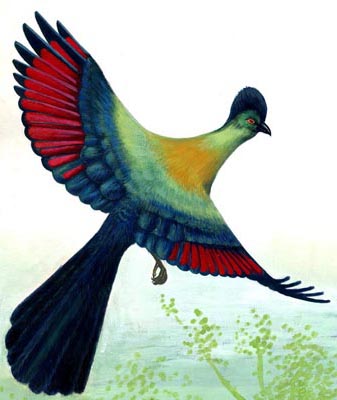


One of Malolotja's greatest attractions is undoubtedly its flora. Throughout the year the variety and profusion of wild flowers provides a magnificent spectacle. Several species of plants, restricted for the most part to the Barberton greenstone belt of southern Africa, are also found growing in Malolotja. Some of the more important threatened species are the cycads, of which two species occur within the reserve, namely the Barberton and Kaapsehoop cycads (Encephalartos paucidentatus and E. laevifolius).
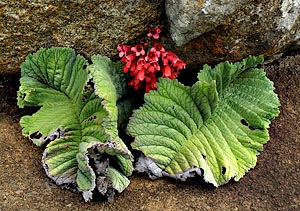
A spectacular species of the granite belt, the rock-loving streptocarpus (Streptocarpus dunnii), is found growing from narrow rock cracks in amongst the boulder outcrops. This unique plant consists of a large, single, and continuously growing, bright green leaf and a bright red trumpet of tightly clumped flowers. The huge leaf, as it continues to grow, dies at the tip.
Other elements represented amongst the flora of Malolotja reflect links with the world famous fynbos of the south-western and southern Cape Province. Six species of proteas, a pincushion protea and four species of heaths are known to occur in the reserve. The vleis and bog systems in Malolotja are critical natural sponges that control floodwaters and release water during dry periods. These vleis are a botanist's paradise where numerous species of amaryllids, orchids and lilies are to be found. Although Malolotja cannot rival the lowveld for tree species, many middleveld and some lowveld species, are found in the low lying parts of the reserve such as the Nkomati, Mgwayiza and lower Malolotja valleys. Some of the reserve's impressive tree species include yellowwoods, stinkwoods and the tall, large-leafed, forest fever tree (Anthocleista grandiflora).
Malolotja Annotated Grasses Checklist
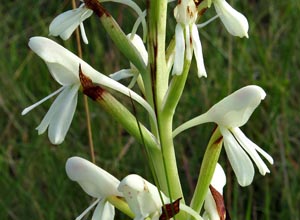
Disa intermedia
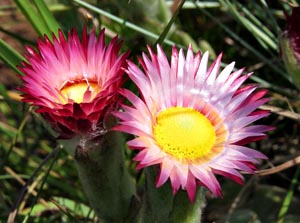
Helichrysum adenocarpum
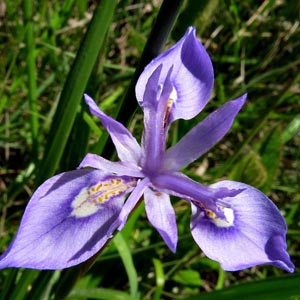
Moraea elliotii
Our Contacts:
Head Quarters: (+268) 2416 1489/1179
Email: info@sntc.org.sz
King Sobhuza II Park: (+268) 2416 1489/1179
Email: ksmp@sntc.org.sz
National Museum: (+268) 2416 1489/1179
Email: curator@sntc.org.sz
Copyright © ESWATINI NATIONAL TRUST COMMISSION
Malolotja Nature Reserve: (+268) 2444 3241 / (+268) 2416 1480
Email: culturalvillage@sntc.org.sz
Mantenga Nature Reserve and Swati Cultural Village: 2416 1151/1178
Email: culturalvillage@sntc.org.sz
Mlawula Nature Reserve: (+268) 2383 8885 (Reception)
(+268) 2383 8453 (Senior Warden)
Email: culturalvillage@sntc.org.sz
Magadzavane Lodge: (+268) 2343 5108/9
Email: magadzavane@sntc.org.sz